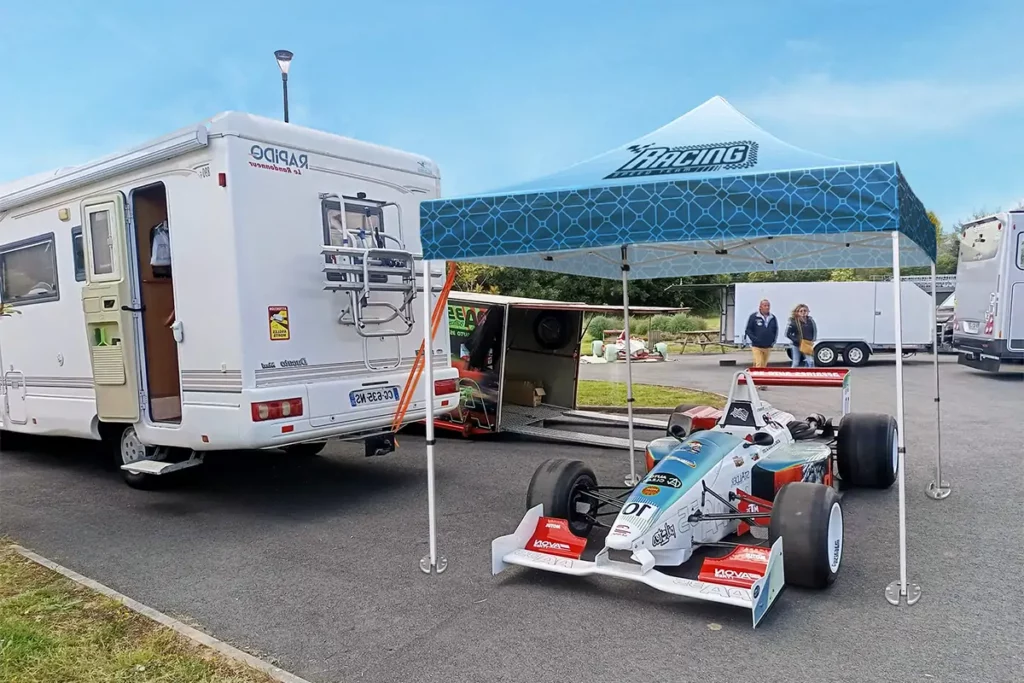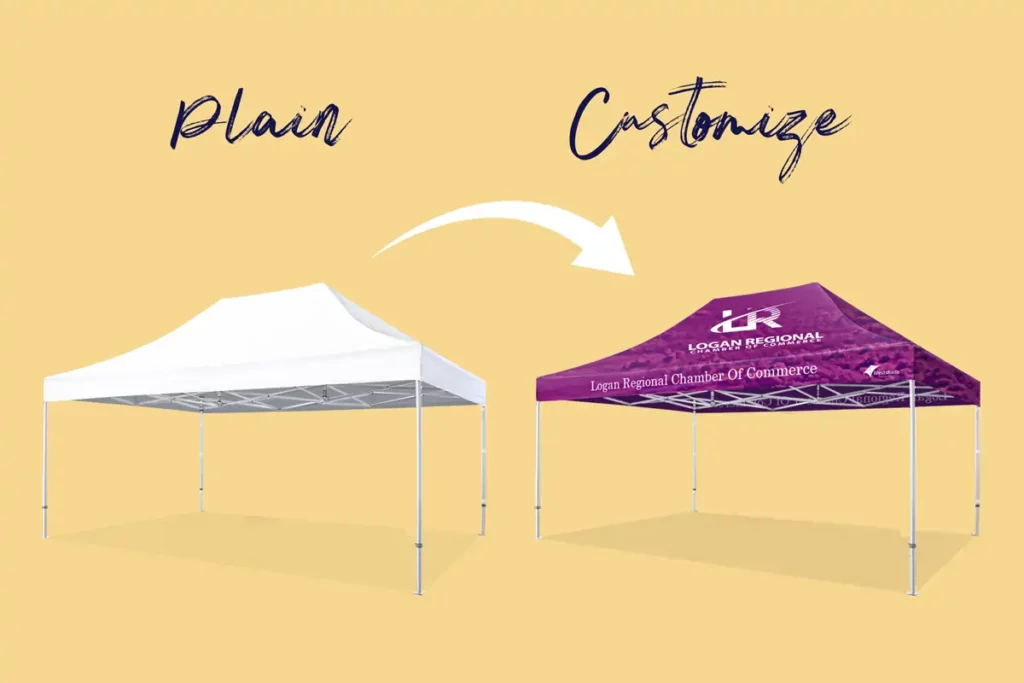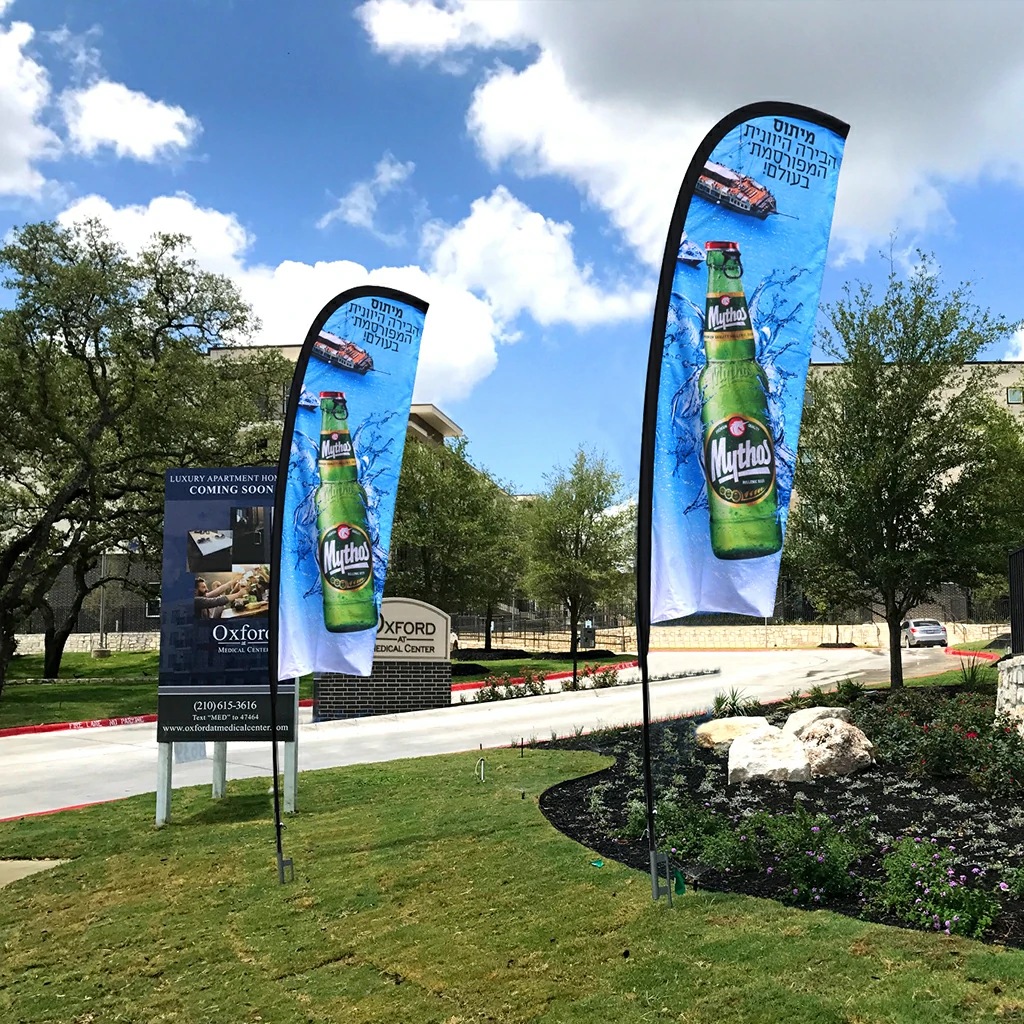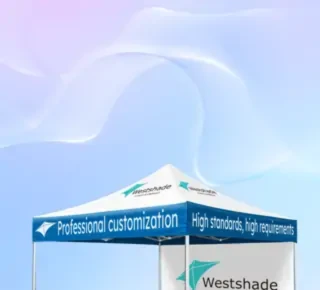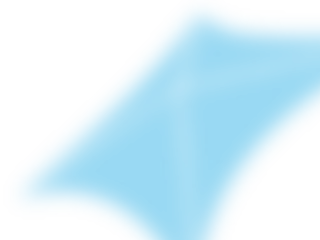How to Choose the Right Custom Printing Type for You
Custom tents and banners are made with a lot of effort to spread the message of your business globally. We are available to assist you in producing the greatest marketing graphics for your business, from choosing the right printing technique to deciding what information to add on your product.
Custom flags, canopy tents, tablecover, and other items are printed using UV and dye-sublimation techniques. Are you curious about the printing type that best suits the needs of your company? Continue reading then!

Why Does Printing Type Matter?
The printing process has an impact on how printed materials seem and feel. While some printing techniques produce bolder, more vivid colors and sharper lines, other printing techniques are made to last and employ techniques resistant to washings and different types of weather.
Before choosing which printing option is ideal for you or your business, consider the following questions.
- What kind of surroundings will the printed item encounter?
- In what location will the printed materials be kept?
- How significant are minute details while looking at your custom work?
In light of these responses, let’s examine dye sublimation printing vs UV printing in greater detail to ascertain which technique is the greatest fit for your requirements.

DYE SUBLIMATION
When printing with dye-sublimation, the ink is dyed right into the fabric. Since it uses a gas process to lock the ink into the cloth and colors may vary, the printed text and graphics are not as sharp as those produced using the UV approach. This type of ink printing can withstand quite a beating, even though the printed material might not look as exact as goods created using the UV printing technique. These items are long-lasting and solid, although they may gradually deteriorate with time from sun exposure; however customers can anticipate a top-notch, long-lasting unique product that will resist inclement weather and continue to be useful for years to come.
UV PRINTING
The UV printing process prints a UV ink on the material’s surface. The print can be made quite sharply and accurately. This technique does not fade like the dye sublimation technique after a number of years because it is printed on a lightweight flexible material used for billboards.
Although some people might find the crisper, cleaner appearance appealing, it’s crucial to remember that in order to keep the ink appearing new, the product needs to be taken out of the frame and folded in between usage.

To sumup, you need to know the specifications for each type and be wise choosing that for your product!
Contact us at support@westshade.com
